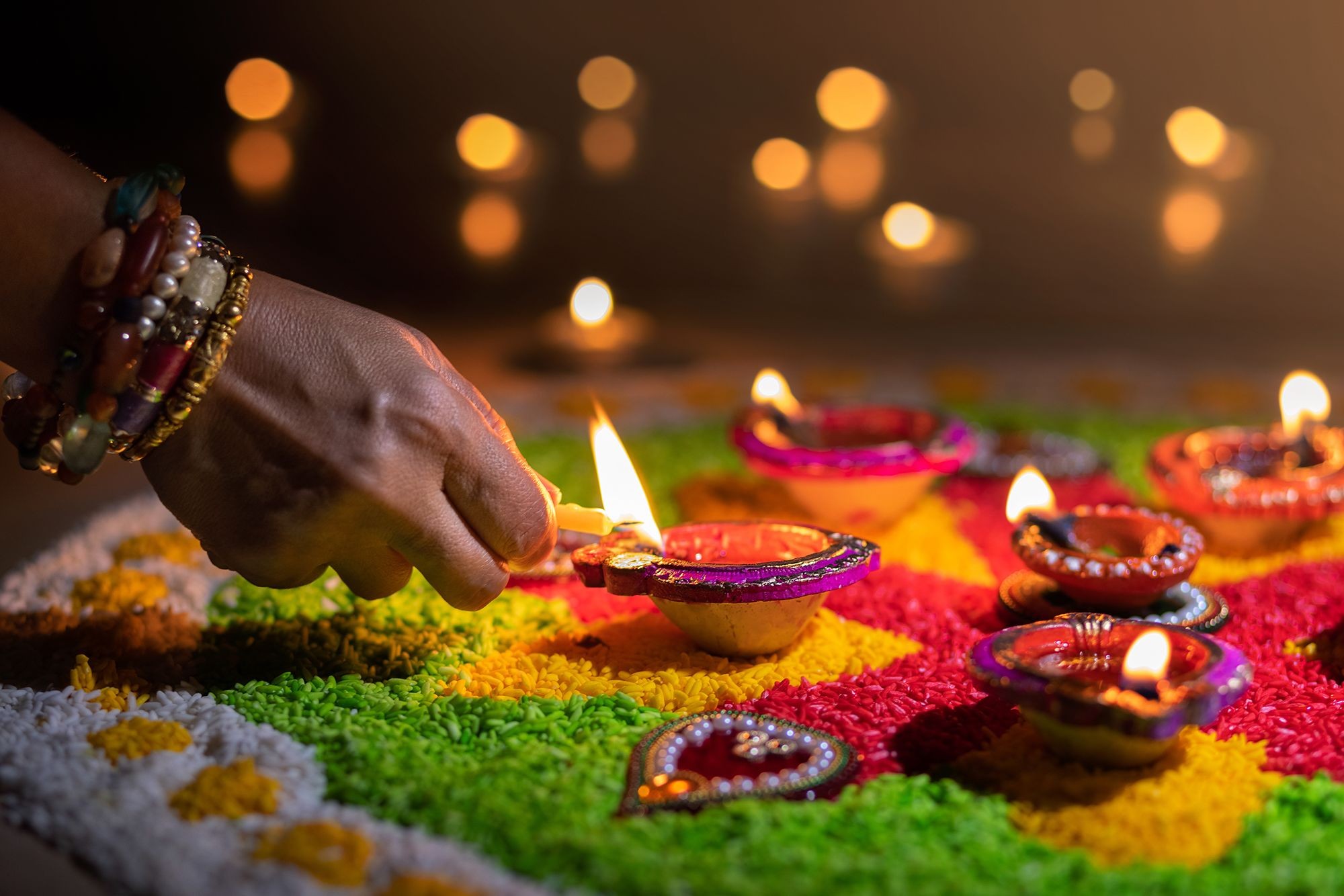Around the World at the Ath: Diwali

Radhika Koul is Assistant Professor of Literature and Mellon Emerging Scholar at CMC. She At Stanford, she was a Next Generation Scholars Fellow and a Dissertation Prize Fellow at the Stanford Humanities Center, 2021-2023. Koul’s research and teaching probe the way literature and philosophy from South Asia emerge into conversations governed by an implicit Western logic: whether cognitive aesthetics, literary criticism or education itself. To that end, she is working on a book manuscript entitled Re-cognitions: Spectating Theater, Self and World in Medieval Kashmir and Early Modern Europe. Much of Koul’s recent work has been interdisciplinary, straddling contemporary research in neuroscience and artificial intelligence with the age-old study of how literature works on the human mind. In 2022-23, she was a Graduate Fellow with Stanford’s Institute for Human-Centered Artificial Intelligence (HAI). Koul earned her BA in Literature from Yale and two graduate degrees from Stanford: a Ph.D. in Comparative Literature and an M.S. in Symbolic Systems, otherwise known as cognitive science.
Ahona Panda is Assistant Professor of History at CMC. Her research and teaching interests span modern South Asia and decolonization, the British empire; religious and linguistic nationalism; caste and race; print and book history, the history of political movements and the organised left, working-class histories, gender and sexuality studies, world literatures, and critical theory.
She is currently working on a book manuscript Bengal Undivided: The Politics of Language and the Limits of Nationalism based on her dissertation that won the 2020 Sardar Patel Award, awarded by Center for India and South Asia at UCLA, for the best doctoral dissertation on any aspect of modern India.The book aims to provide a new account of the Hindu-Muslim relationship in South Asia through a renewed attention to the politics of language. Traditional accounts of this relationship frame it in terms of enmity and competing religious nationalisms culminating in the Partition of 1947. By focusing on Bengali as a shared language on which a shared sense of community could be forged, she uncovers a hidden history of friendship and collaboration that helped to generate new possibilities across three nation-states (India, Pakistan, and Bangladesh) over the course of the twentieth century.
